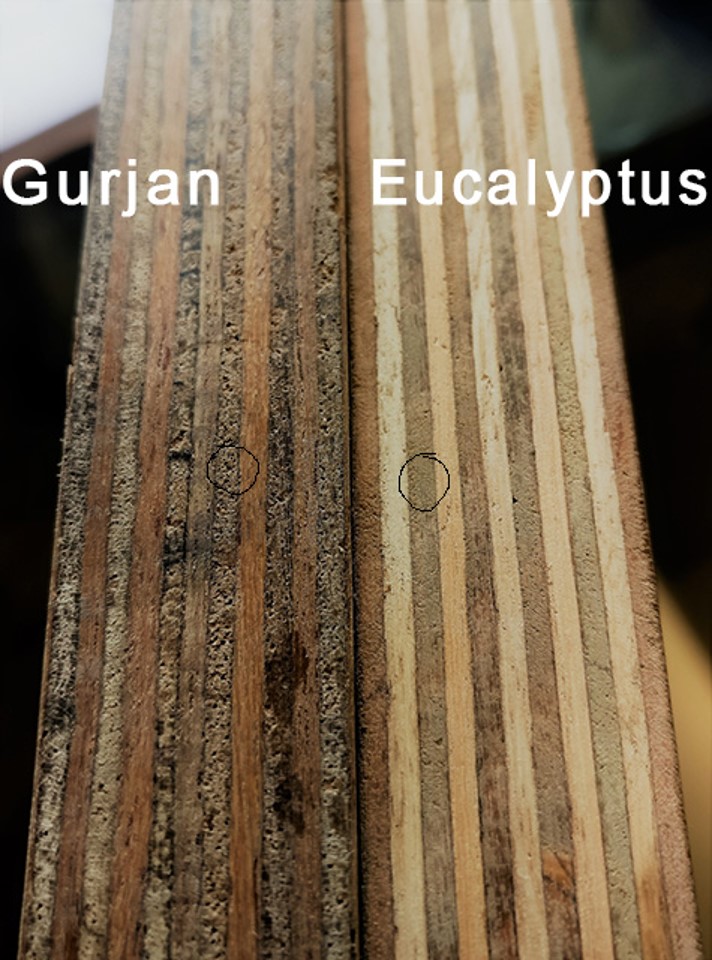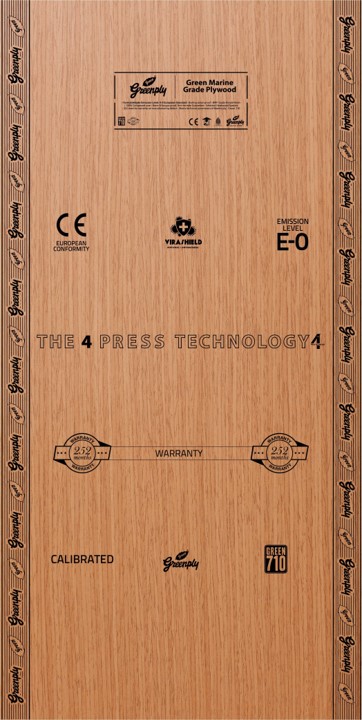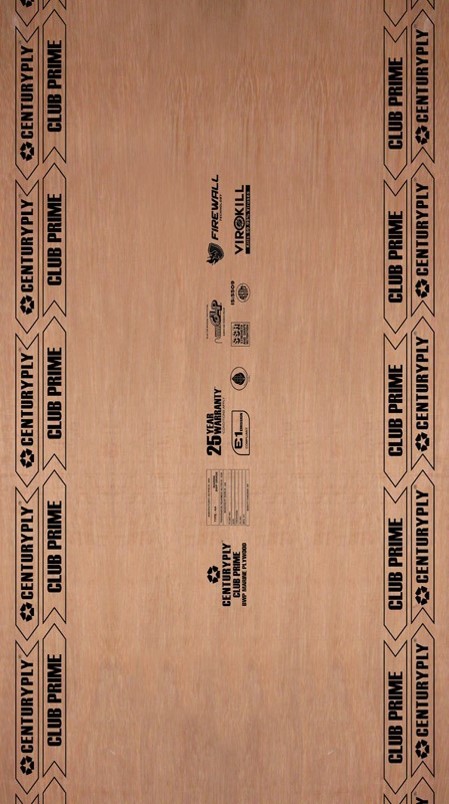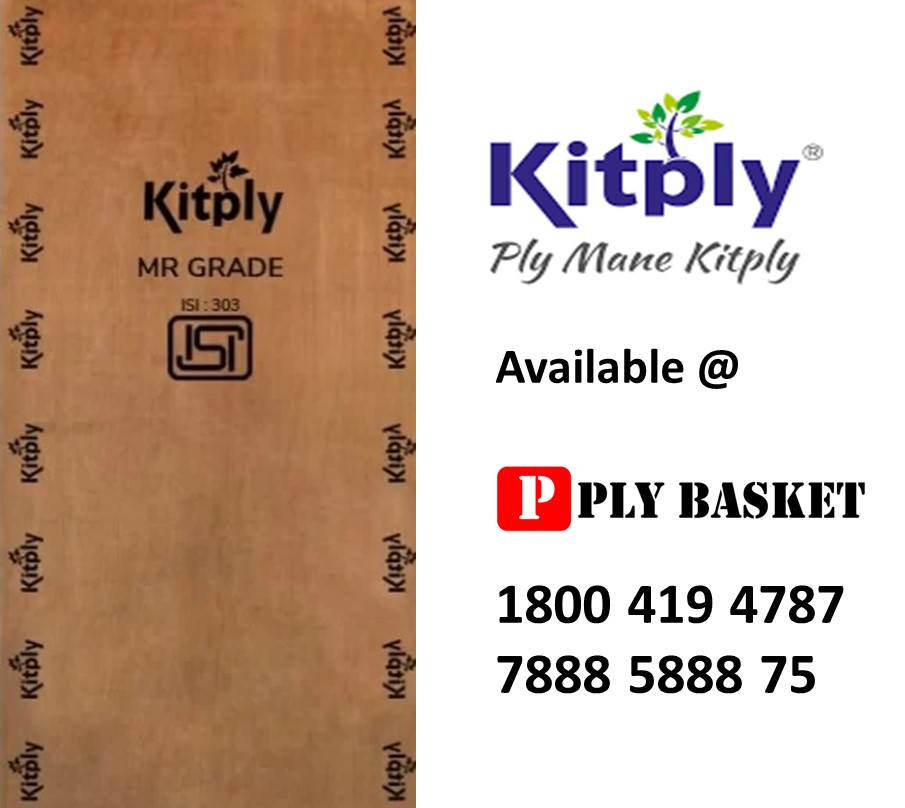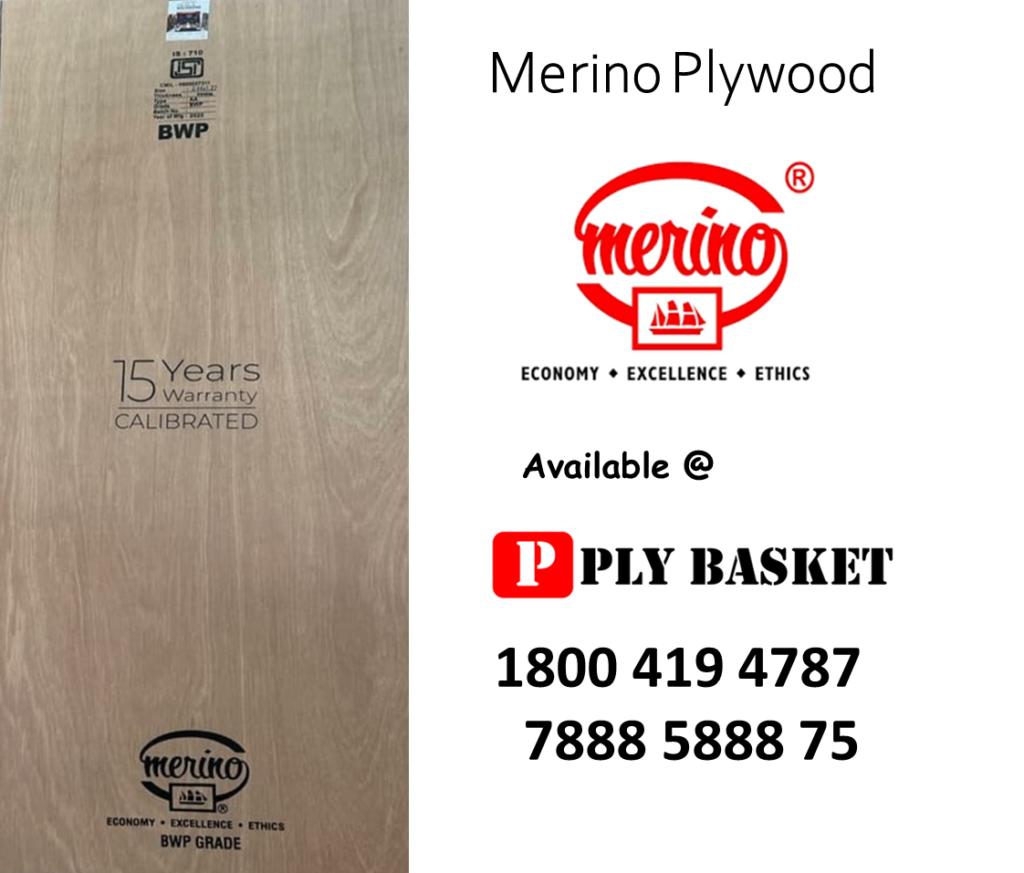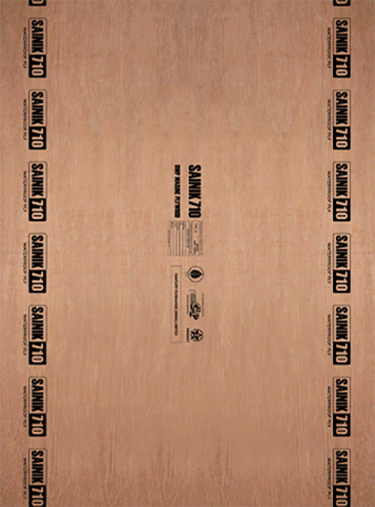Gurjan ply is a Name of a tree Called Dipterocarpus turbinatus (Gurjan tree). If the Plywood Is Made Completely or Some Part of wood Layers Used of Dipterocarpus turbinatus (Gurjan tree) Then Its Called Gurjan plywood. Many Plywood Sheets Which Start @ Range Of ₹. 70 per sqft per sqft are Gurjan Face Means The Thin Layer Of sheet which used Both sides of plywood to Cover Other layers of Wood It Might Be Eucalyptus tree or Popular tree, Neem Tree or any other tree
Gurjan plywood which is Made of Complete Dipterocarpus turbinatus (Gurjan tree) Then its Plywood Sheet Cost You For Around ₹. 150 per sqft In The Market But Today Many Store and Brands Never Inform You about The Complete Information OR Guide you with Quality of Plywood Usually any Plywood which is in Range Of ₹. 40 per sq ft to ₹. 70 per sq ft are reliable up to 15 years.
Coming To Any Branded plywood Which Starts From The Range of ₹. 100 per sq ft to ₹. 180 per sq ft Depending on The Quality of Chemical raisins Used in Bonding Of Plywood and The Layers of wood used in Making plywood Sheet as well depends upon the marketing statistics of Promoting their Brand & their Products durability also Concern in Price Variations.
Lets Know about The Trees which are used in Making Plywood Sheet’s Like Dipterocarpus turbinatus (Gurjan tree) These tree are mainly Found in an area from India (Arunachal Pradesh, Assam, Manipur, Meghalaya, Tripura, Andaman Islands, Nicobar Islands), Bangladesh, Myanmar, Thailand, Peninsular Malaysia, Borneo, Cambodia, Laos to Vietnam.
Plant profile Gurjan is a lofty tree, about 35 m tall. Bark is gray or dark brown, shallowly longitudinally fissured and flaky. Branch lets are hairless. Leaf buds are sickle-shaped. Buds and young twigs densely gray velvety. Stipules are 2-6 cm long, densely, shortly dark grayish or dark yellow velvety. Leaf stalks are 2-3 cm, densely gray velvety or hairless. Leaf blade is ovateoblong, 20-30 cm long, 8-13 cm wide, leathery, smooth or sparsely velvety. Lateral veins are 15-20 pairs conspicuously raised on the underside. Base is rounded or somewhat heartshaped. Margin is entire or sometimes wavy. Tip is pointed or long-pointged. Flowers are borne in racemes in leaf axils, 3-6-flowered. Sepals are 2 linear, 3 shorter. Stamens are about 30 – anthers linear-lance shaped connective appendages threadlike. Ovary is densely velvety. Style is silvery gray velvety on lower half. Nut is ovoid or narrowly ovoid, densely velvety. Flowering: March-April.
Economic Value The Gurjan trees belong to the botanical family of Dipterocarpus which has about 70 different species. Out of these species the Dipterocarpus Turbinatus (which is Gurjan), is an important source of commercial timber. Amongst other uses, the trees also yield an Oil (called Gurjan ka Tel) which is also commercially marketed. A very large number of these Gurjan trees are found on the Andaman and Nicobar Islands near India. Located on the northern tip of the Andaman Island is the Chatham saw mill that is well known for being one of the oldest and biggest saw mills in Asia that gets the good quality local timber available such as the premium Pad auk wood, Gurjan, Satin and Marble wood and works on it, and exports it other parts of the world. So chances are that even if you happen to buy Gurjan plywood in India, it may have had its origins on the beautiful island of Andaman and may have passed through the saw mill over there.
Available plywood Brands in Indian Market are Century ply, Green ply, Merino ply , Sinik ply Form The House of Century plywood and Many more Their Cost are almost same and Near to each other Gurjan plywood are upto 50% lesser then these plywood brands in terms of Pricing
-
Product on sale
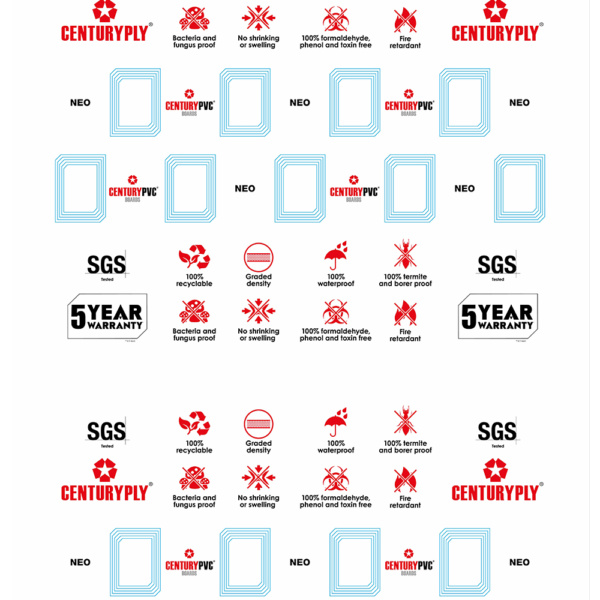 CENTURY PVC STARKE NEO – 6 mmOriginal price was: ₹ 60.00.₹ 54.00Current price is: ₹ 54.00.
CENTURY PVC STARKE NEO – 6 mmOriginal price was: ₹ 60.00.₹ 54.00Current price is: ₹ 54.00. -
Product on sale
 CENTURY PVC STARKE NEO – 9 mmOriginal price was: ₹ 80.00.₹ 72.00Current price is: ₹ 72.00.
CENTURY PVC STARKE NEO – 9 mmOriginal price was: ₹ 80.00.₹ 72.00Current price is: ₹ 72.00. -
Product on sale
 CENTURY PVC STARKE NEO – 12 mmOriginal price was: ₹ 112.00.₹ 107.00Current price is: ₹ 107.00.
CENTURY PVC STARKE NEO – 12 mmOriginal price was: ₹ 112.00.₹ 107.00Current price is: ₹ 107.00. -
Product on sale
 CENTURY PVC STARKE NEO – 19 mmOriginal price was: ₹ 165.00.₹ 157.00Current price is: ₹ 157.00.
CENTURY PVC STARKE NEO – 19 mmOriginal price was: ₹ 165.00.₹ 157.00Current price is: ₹ 157.00. -
Product on sale
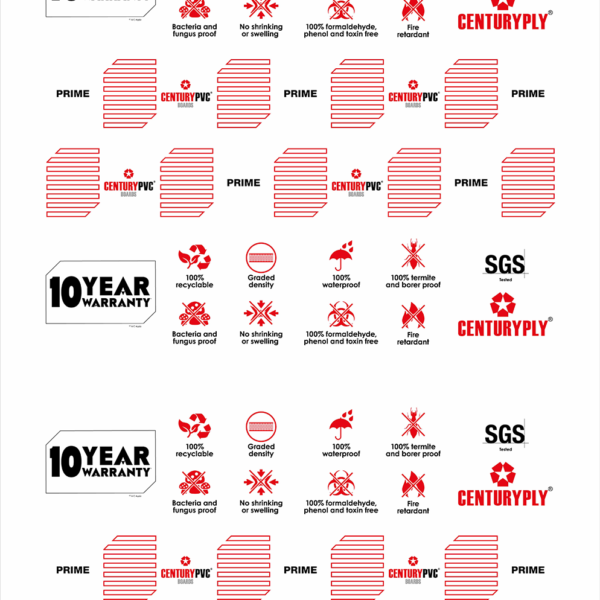 CENTURY PVC STARKE PRIME – 6 mmOriginal price was: ₹ 75.00.₹ 68.00Current price is: ₹ 68.00.
CENTURY PVC STARKE PRIME – 6 mmOriginal price was: ₹ 75.00.₹ 68.00Current price is: ₹ 68.00. -
Product on sale
 CENTURY PVC STARKE PRIME – 9 mmOriginal price was: ₹ 100.00.₹ 91.00Current price is: ₹ 91.00.
CENTURY PVC STARKE PRIME – 9 mmOriginal price was: ₹ 100.00.₹ 91.00Current price is: ₹ 91.00. -
Product on sale
 CENTURY PVC STARKE PRIME – 12 mmOriginal price was: ₹ 142.00.₹ 135.00Current price is: ₹ 135.00.
CENTURY PVC STARKE PRIME – 12 mmOriginal price was: ₹ 142.00.₹ 135.00Current price is: ₹ 135.00. -
Product on sale
 CENTURY PVC STARKE PRIME – 19 mmOriginal price was: ₹ 350.00.₹ 200.00Current price is: ₹ 200.00.
CENTURY PVC STARKE PRIME – 19 mmOriginal price was: ₹ 350.00.₹ 200.00Current price is: ₹ 200.00. -
Product on sale
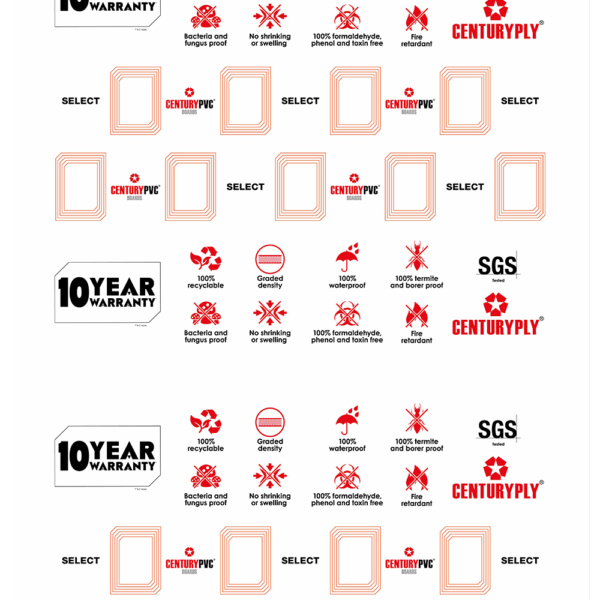 CENTURY PVC STARKE SELECTOriginal price was: ₹ 68.00.₹ 60.00Current price is: ₹ 60.00.
CENTURY PVC STARKE SELECTOriginal price was: ₹ 68.00.₹ 60.00Current price is: ₹ 60.00.
- 30 min1 product
- Carpenter products102 products
- Drawer Channels24 products
- Nuts & Screws2 products
- Carpenter tools1 product
- Chisel1 product
- Digital laminate Brands63 products
- pinex laminates63 products
- Glues4 products
- Asian paints1 product
- Fevicol3 products
- Heatx1 product
- Handles60 products
- Door set60 products
- Hardware22 products
- Auto Close & Soft Close Hinges6 products
- Nails1 product
- Shelf Button1 product
- Hardware Brands157 products
- EBCO Hardware14 products
- godrej53 products
- Hafele Hardware76 products
- Hettich Hardware10 products
- Sleek Hardware4 products
- Hinges49 products
- Auto Close Hinges2 products
- Soft Close Hinges6 products
- Ideas On Interior Projects2167 products
- Bed Room Ideas226 products
- Children Bedroom Ideas377 products
- False Ceiling Ideas156 products
- Interior Designer's3 products
- Kids Bed Room Ideas232 products
- Kitchen Ideas450 products
- Pooja Room Ideas163 products
- Shoe Rack90 products
- T.v Unit Ideas702 products
- kitchen Accessories97 products
- Kitchen Basket26 products
- Magic corner8 products
- Pantry Unit2 products
- S – Corner10 products
- Tall Unit10 products
- Tandem Basket16 products
- Laminate7457 products
- Digital Laminates126 products
- Butterfly Digital laminates2 products
- Cinderella digital laminates1 product
- Doraemon Digital Laminates2 products
- flower Digital Lamiantes55 products
- Fruits Digital laminates63 products
- Micky Mouse Digital laminates2 products
- Spider Man Laminates1 product
- Digital Laminates126 products
- Laminate Brands11941 products
- axilam laminates 1mm95 products
- Century Laminate 0.8236 products
- Century Laminates644 products
- Corby 0.8 Laminate132 products
- Corby laminate 1mm159 products
- Croma Lam 0.8132 products
- Croma Laminate 1mm1623 products
- Damas laminate 1mm407 products
- Decora laminate 1mm273 products
- Durian ECGL17 products
- Durian Endeavour127 products
- Durian Espania31 products
- Durian Export103 products
- Durian Figure Woodz door laminate100 products
- Durian Italia266 products
- Durian Romania 1mm296 products
- Fine touch Laminates678 products
- GL laminates82 products
- Green Laminates1024 products
- Imperio Laminate 1mm196 products
- kajaria laminates 1mm149 products
- Makers Laminate150 products
- Match Graphic512 products
- Merino Laminates553 products
- Neolaxe239 products
- New Mica Laminate 0.8mm455 products
- Royal Crown Laminate 1mm307 products
- Royal Touch Laminate 0.822 products
- Royal Touch Laminate 1 mm293 products
- Royal touch laminate 1.25mm631 products
- safedecor laminate 1mm175 products
- Saket Laminate 1mm191 products
- Samart Laminate440 products
- surfica laminate170 products
- Virgo lam plus 0.8175 products
- Virgo Laminates570 products
- wolaxe273 products
- Locks16 products
- Drawer Locks3 products
- Electronic Locks10 products
- Safety Locks3 products
- Sliding Locks2 products
- Plywood & Block Board106 products
- Block Board4 products
- plywood26 products
- WPC Plywood Board1 product
- Plywood Brands89 products
- Austin Plywood6 products
- Century Plywood73 products
- Green Plywood2 products
- Gurjan plywood2 products
- Samrat plywood4 products
- Wash Room Accessories217 products

